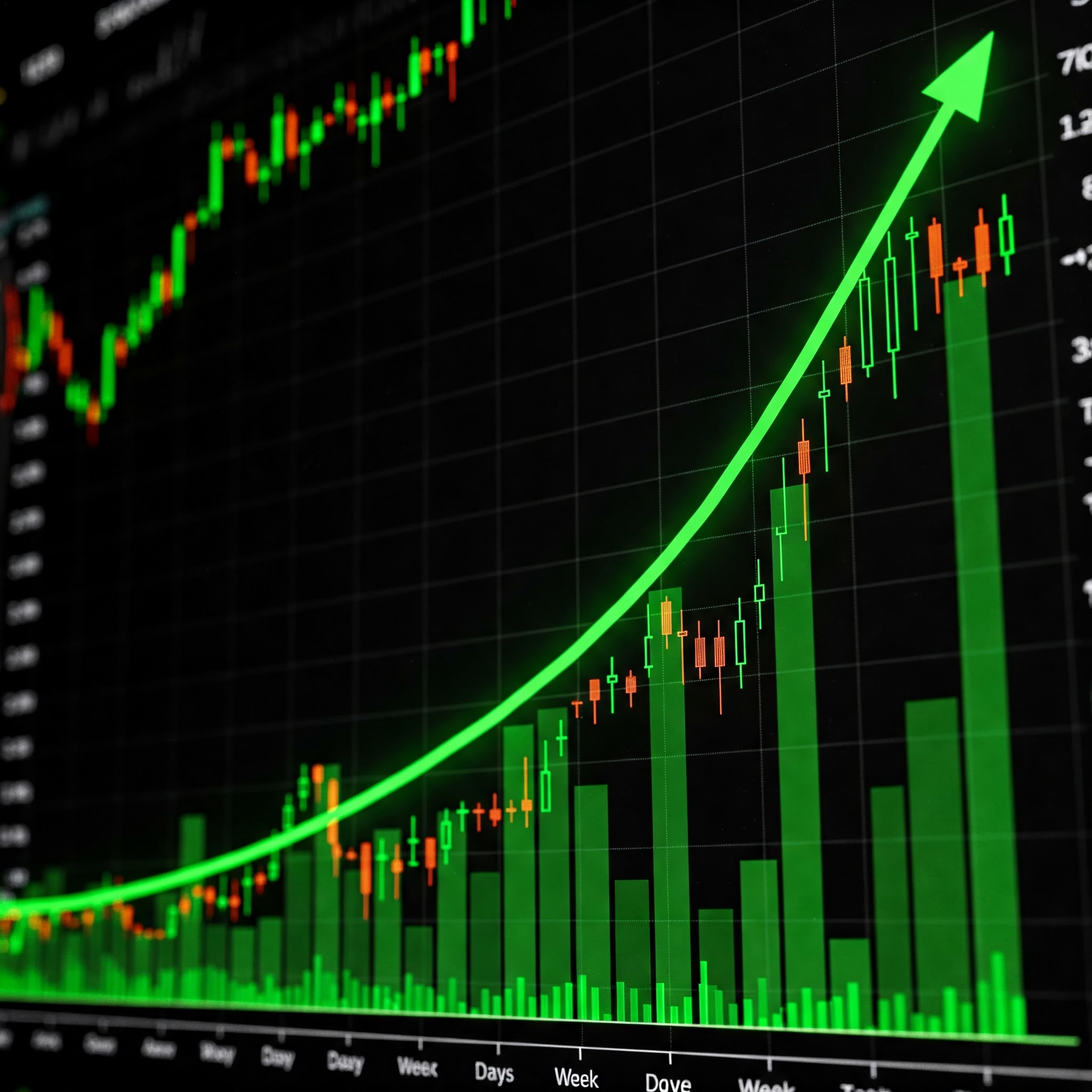The energy sector has demonstrated remarkable resilience in early 2025, significantly outperforming the broader S&P 500 index. This trend highlights the sector’s pivotal role in the global economy and its potential for investors seeking stability and growth amid economic uncertainty and geopolitical tensions.
Energy Sector Performance vs. S&P 500
As of mid-January 2025, the Energy Select Sector SPDR Fund (NYSEARCA: XLE) reported a year-to-date gain of 8.07%, markedly surpassing the S&P 500’s modest rise of 1.39% during the same period. Several macroeconomic and geopolitical factors have contributed to this outperformance, including increasing oil prices, supply constraints, and investor confidence in energy stocks.
| Index/Fund | YTD Performance (as of Jan 2025) |
|---|---|
| Energy Select Sector SPDR Fund (XLE) | +8.07% |
| S&P 500 | +1.39% |
| WTI Crude Oil Futures | +5.65% |
| Brent Crude Oil Futures | +6.12% |
Key Drivers of Energy Sector Resilience
1. Rising Oil Prices
Oil prices have surged due to geopolitical unrest in key oil-producing regions such as the Middle East and North Africa (MENA). West Texas Intermediate (WTI) crude oil is trading above $77 per barrel, while Brent crude is nearing $81 per barrel—both significantly higher than early 2024 levels.
2. OPEC+ Supply Cuts & US Oil Production Constraints
OPEC+ has strategically adjusted its oil production levels to stabilize prices, further supporting the market. Simultaneously, U.S. oil production has faced challenges due to policy shifts, regulatory constraints, and a slowdown in new drilling projects.
3. Increased Demand for Natural Gas
The transition to cleaner energy sources has fueled demand for natural gas, particularly for LNG exports to Europe and Asia. The backlog for gas turbine installations extends into the 2030s, signaling long-term investment potential for energy companies focusing on natural gas.
4. Supply Chain & Workforce Challenges
- Immigration policies affecting labor availability in oil-producing regions such as Texas.
- Rising costs of materials like steel and aluminum, crucial for energy infrastructure.
- Expansion of non-OPEC producers such as Libya and Ghana, impacting global oil supply dynamics.
Top Performing Energy Companies in 2025
Several major energy companies have capitalized on these market trends, reporting strong earnings and stock performance.
| Company | YTD Stock Performance | Dividend Yield | Notable Strength |
|---|---|---|---|
| Chevron Corporation (NYSE: CVX) | +9.3% | 4.12% | Strong balance sheet, diversified assets |
| Devon Energy (NYSE: DVN) | +17.5% | 4.13% | Low-cost oil production, shareholder-friendly policies |
| ExxonMobil (NYSE: XOM) | +8.9% | 3.76% | Expanding LNG and refining operations |
| NextEra Energy (NYSE: NEE) | +16.6% | 2.4% | Leader in renewable energy investment |
Energy Market Outlook: 2025 and Beyond
Short-Term Expectations
- Oil prices are expected to remain above $75 per barrel due to sustained demand and OPEC+ production strategies.
- The U.S. Federal Reserve’s interest rate policies could impact energy sector investments and valuations.
- Geopolitical risks remain a wild card, with potential supply disruptions affecting price stability.
Long-Term Growth Trends
- Renewable Energy Expansion: Companies such as NextEra Energy are leveraging government incentives for clean energy projects.
- Increased LNG Exports: With U.S. natural gas demand rising, firms focusing on LNG infrastructure stand to benefit.
- Technological Innovations: Advances in carbon capture, energy storage, and hydrogen fuel could shape future industry growth.
Conclusion
The energy sector continues to outperform broader equity markets, driven by rising commodity prices, strategic investments, and supply-demand dynamics. Investors seeking exposure to energy assets should consider a mix of traditional oil and gas firms alongside emerging clean energy leaders.
Disclaimer: This article is for informational purposes only and should not be considered financial advice. Investors are advised to conduct their research or consult financial professionals before making investment decisions.
Sources:
- Investor Wedbush (investor.wedbush.com)
- MarketBeat (marketbeat.com)
- Nasdaq (nasdaq.com)
- Reuters (reuters.com)
- Fool.com (fool.com)













